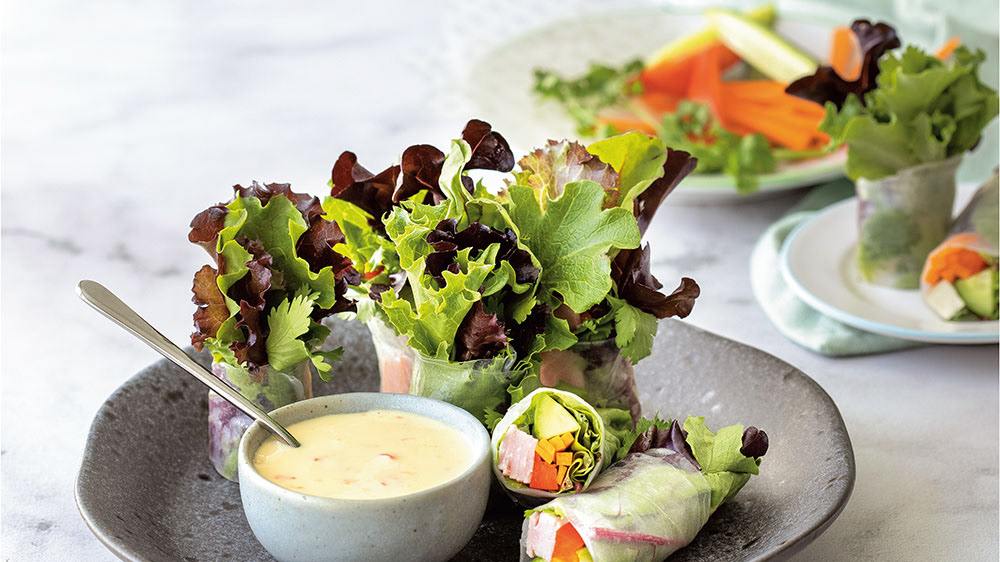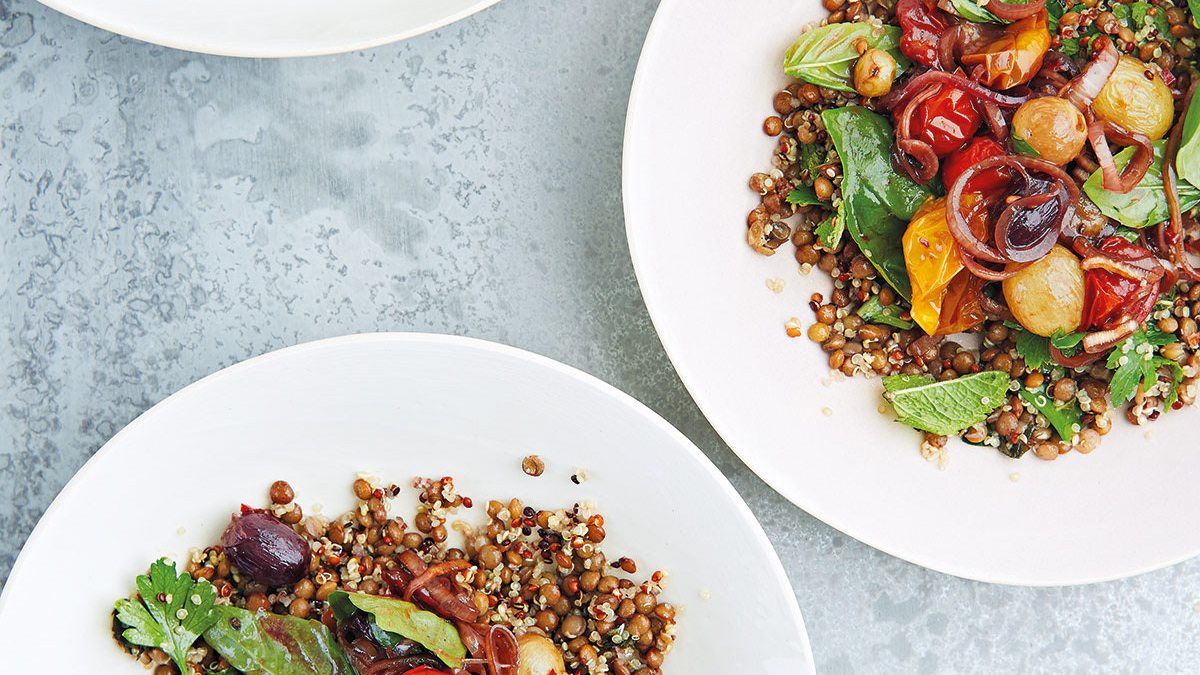PHOTO: Whitecap Books; Whipped Shortbread from Everyone Can Cook Everything by Eric Akis
Laura Brehaut/Postmedia News
Originally published on December 19, 2012; canada.com
Originally published on December 19, 2012; canada.com
Professional chef and pastry chef Eric Akis strongly believes that it’s a myth that some people can’t cook. So much so that he has written the seven-part Everyone Can Cook series of cookbooks to help dispel it. Akis’ food writing career stretches back approximately 15 years, when he started writing columns for the Victoria Times Colonist. Coming from a professional cooking background, it took some time for Akis to hone his recipes and writing to suit home cooks with varied comfort levels and skills.
“I thought I could show off by [sharing] more chef-style recipes,” Akis says. “And then I got a note from a reader who said, ‘You know, those recipes are great but can you do recipes that everyone can cook?’” This feedback stuck in Akis’ mind and reinforced the fact that he was writing for home cooks and not, as he says, “Jacques Pépin and friends.”
When developing his recipes, Akis now knows that he can’t assume that all home cooks will be familiar with the ingredients, know where to get them, what they look like and how to prepare them. He gives the example of a pasta recipe that includes grilled sausage. “I might just say grill the sausage until done but then I would get notes from a reader saying, ‘How long does it take to cook?’ So that’s when I learned that as much detail as possible in a recipe is the best for the home cook, unless I want to get non-stop emails,” Akis laughs.
After seven years of columns, readers started requesting a cookbook to replace the many newspaper clippings. The Everyone Can Cook cookbook series started in 2003 and includes books dedicated to slow cooker meals, seafood, midweek meals, celebrations and appetizers. Akis’ latest installment in the series is Everyone Can Cook Everything (Whitecap Books, 2012), in which he endeavoured to include as many different cooking techniques as possible in the collection of 240 recipes.
The idea behind the book was to present “best of” recipes that would appeal to all levels of cooks so that less experienced home cooks could start with the basics and then move on to more complicated recipes. Techniques range from how to make a pot of steamed rice, to tips for making mashed potatoes, to making stock.
Akis’ interaction with his readers has informed both how he writes his newspaper columns and his approach to writing cookbooks. He explains that he is in constant contact with readers and one of his columns in particular, “Ask Eric,” puts him in the home cook’s mind, enabling him to better anticipate reader questions. Everyone Can Cook Everything includes “Eric’s Options” throughout – offering substitutions and helpful notes in the recipe margins, and there are special sections such as “Grilling the Perfect Steak” and “Ten Baking Tips.”
For readers lacking confidence in the kitchen, Akis recommends taking the time to read through a recipe before making it to assess feasibility. “I think people try to take on a bit too much,” Akis says. “If a recipe calls for ten vegetables julienned and your knife skills aren’t that great, it could take you forever to do that recipe. Then you might get frustrated and things might not turn out and then you say, ‘You know what? I can’t cook!’”
Instead, Akis suggests making recipes in step with skill-level and then “working your way up to being that grand chef that you always wanted to be.” For an inexperienced home cook, a confidence builder would be a basic recipe such as Quick Tomato Soup with Pesto and Feta, which entails sautéing onions and garlic, adding diced tomatoes and stock, puréeing, adding pesto (homemade or store-bought) and crumbling feta cheese on top. “Then you have this wonderful soup and you say to yourself, ‘Wow! I just made soup! It wasn’t that hard.’” Akis says.
Ultimately, Akis hopes that those who think they can’t cook will give it a try and realize that home cooking is actually enjoyable. “There’s nothing better than a big pot of soup simmering on the stove,” he says. “Every time I have guests come over, the first thing they say is, ‘What is that smell? It smells so good.’ And it’s the smell – it smells like home. It smells like real food being cooked and a good time to be had.”









